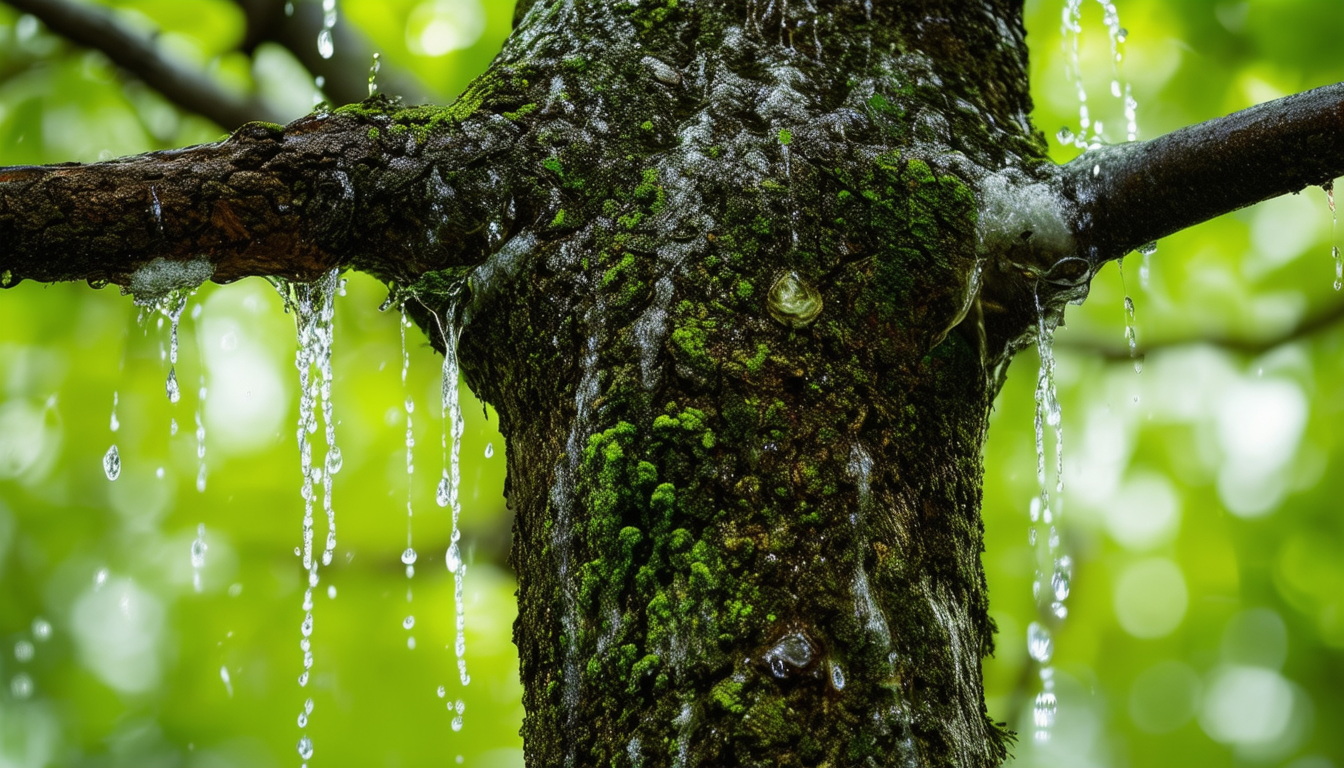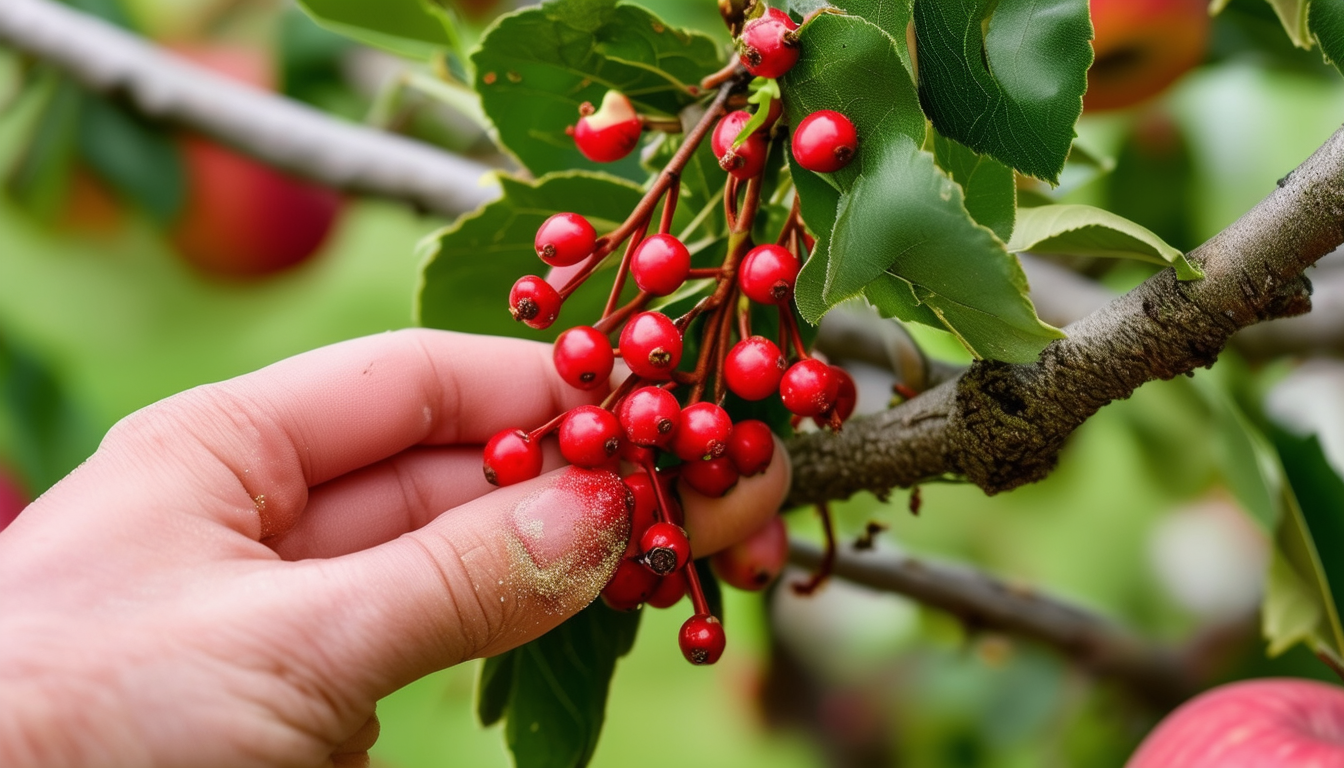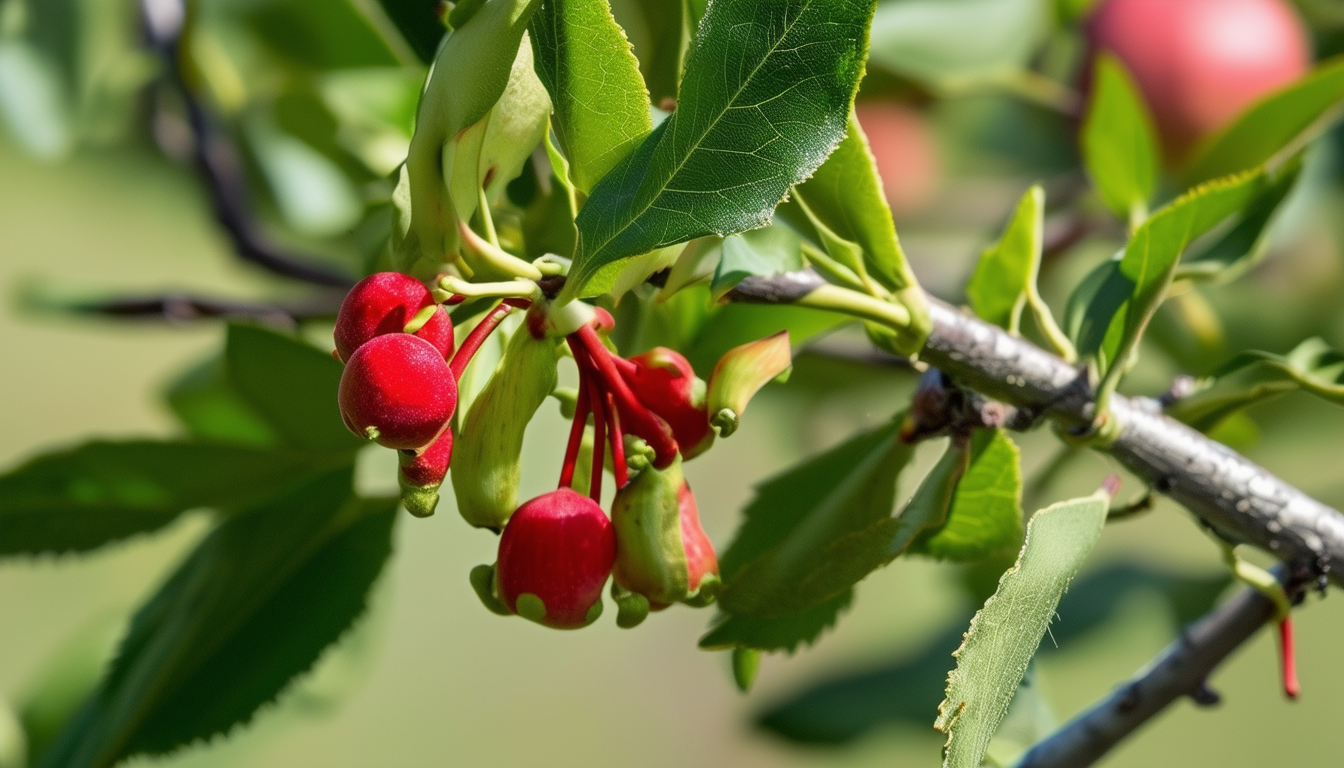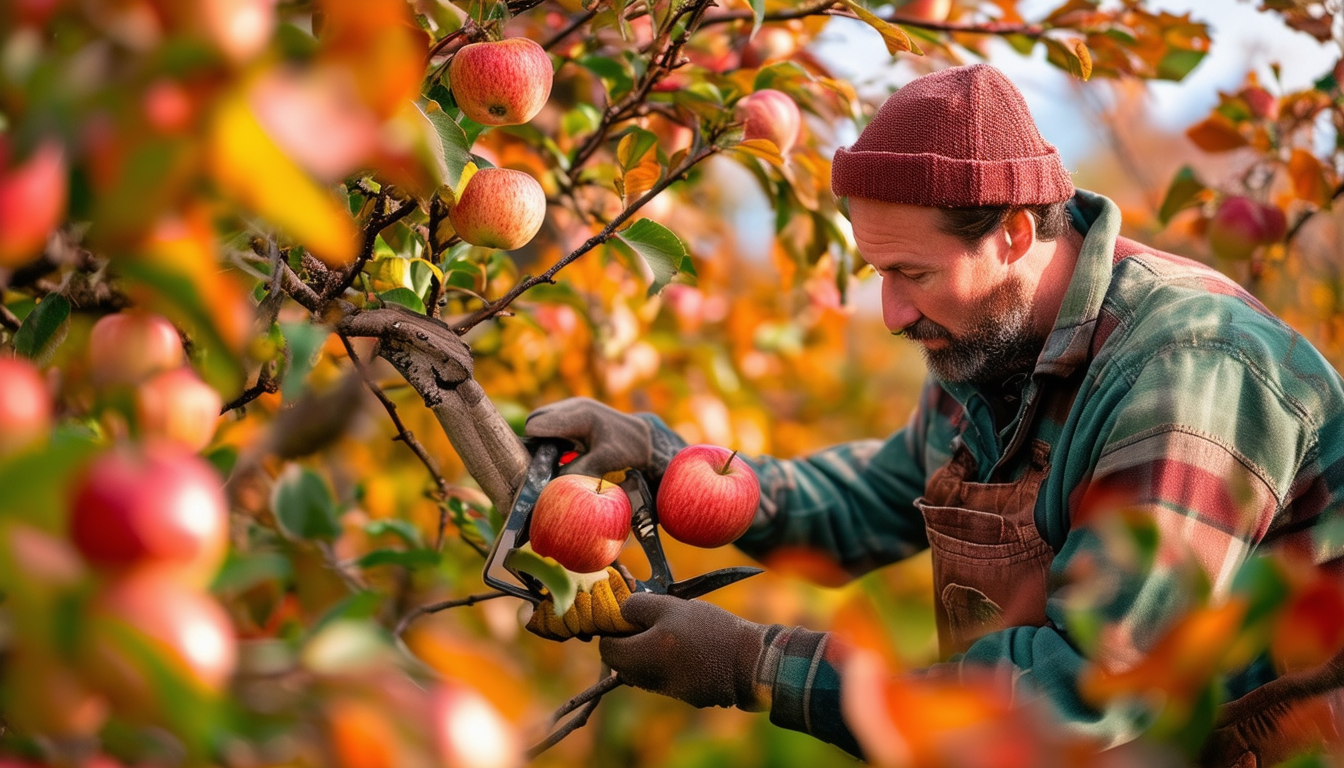
Tree water sprouts can be a nuisance, but understanding how to effectively manage them can lead to healthier and more attractive trees.
What Are Tree Water Sprouts?
Tree water sprouts are fast-growing shoots that emerge from the trunk or branches of a tree. They are often the tree's response to stress, such as pruning, storm damage, or other environmental factors. These sprouts grow vertically and can quickly become a dense mass of foliage if not managed properly.
Unlike regular branches, water sprouts are weakly attached and can break easily, posing potential hazards. They consume a lot of the tree's resources, which could otherwise be used for healthy growth and fruit production.
The Impact of Water Sprouts on Tree Health
Water sprouts can significantly affect the health of a tree. They divert essential nutrients and energy away from the main branches and trunk, potentially leading to reduced growth and vitality. This can make the tree more susceptible to diseases and pests.
In addition, the dense foliage created by water sprouts can limit air circulation within the tree, increasing the likelihood of fungal infections. Proper management of water sprouts is essential to maintain the overall health and appearance of your tree.
How to Identify Water Sprouts
Identifying water sprouts is relatively straightforward. They are usually thin, vertical shoots that grow rapidly from the trunk or older branches. Unlike normal branches, water sprouts grow at a sharp angle and are generally more flexible.
These sprouts often have a different texture and color compared to the regular branches. They tend to have fewer and larger leaves, making them stand out from the rest of the tree's foliage.
Effective Techniques for Removing Water Sprouts
Removing water sprouts is crucial for maintaining tree health. The best time to remove them is during the dormant season when the tree is not actively growing. Use clean, sharp pruning tools to make clean cuts close to the trunk or the branch from which the sprout is emerging.
Ensure that you do not damage the tree's bark while removing the sprouts. Regular monitoring and timely removal of new sprouts can prevent them from becoming a recurring problem.
Preventing Future Water Sprout Growth
Preventing water sprouts involves proper tree care and maintenance. Avoid excessive pruning, as it can stress the tree and trigger the growth of water sprouts. Ensure that the tree is well-watered and fertilized to minimize stress conditions.
Regularly inspect your trees and remove any new sprouts as soon as they appear. Using growth regulators and proper pruning techniques can also help in reducing the likelihood of water sprout formation.
What trees are most susceptible
Some tree species are more prone to water sprout formation than others. Fruit trees like apple and pear, as well as ornamental trees such as maples and oaks, are particularly susceptible.
Understanding the specific needs and vulnerabilities of your tree species can help in developing a more effective management strategy.
Common questions
How do you get rid of water sprouts? - Regularly prune them during the dormant season using clean, sharp tools.
How do you get rid of tree sprouts? - Similar to water sprouts, tree sprouts should be pruned close to the trunk or branch from which they emerge.
How to deal with watershoots? - Monitor your trees regularly and remove watershoots promptly to prevent them from sapping the tree's resources.
Can I prune water shoots? - Yes, pruning water shoots is essential for maintaining tree health and should be done with care.
How do you get rid of sprouts? - Consistent and timely pruning is the best way to manage and eliminate sprouts.
What does a water spout look like? - Water sprouts are thin, vertical shoots with fewer and larger leaves, often growing at a sharp angle from the trunk or branches.
What is a water sprout? - A water sprout is a fast-growing, vertically oriented shoot that emerges from a tree's trunk or branches, typically in response to stress.



